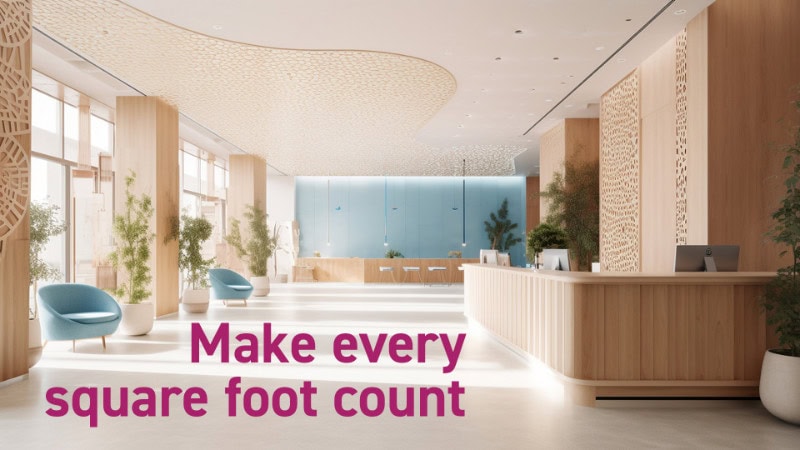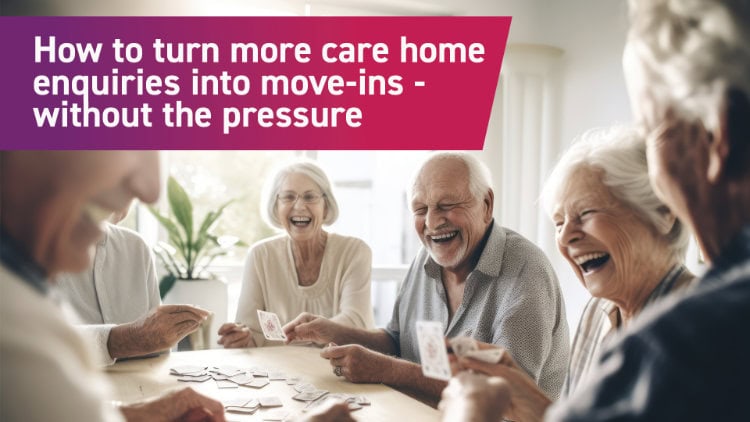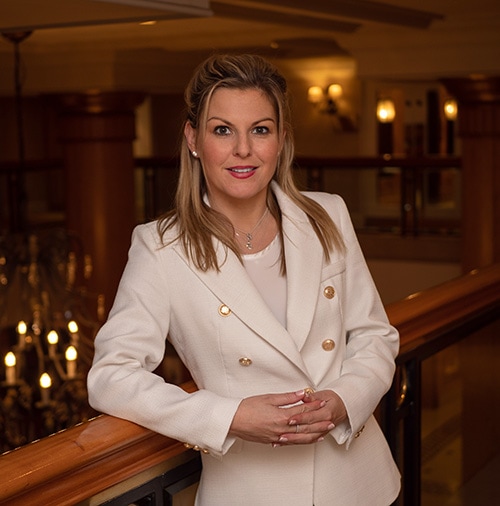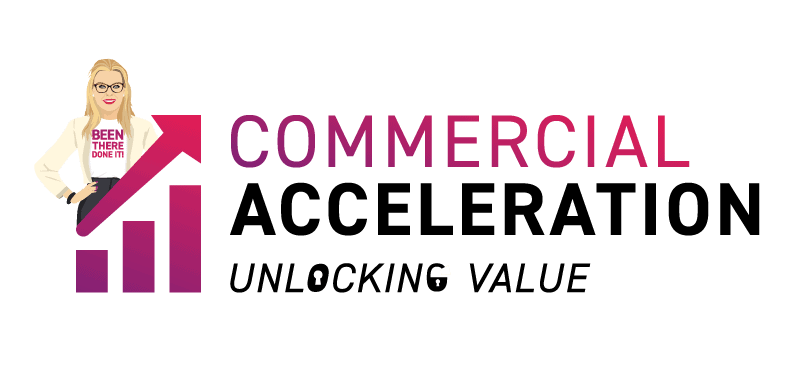Why it’s time to breathe new life into hotel spaces
When analysing performance, is your focus still on optimising RevPAR? Or are you looking beyond rooms, to other areas of your hotel to unlock revenue while also offering a superior customer experience?
The past few years have been marked by fragility and unpredictability for hoteliers, marked by unexpected twists and turns that have tested resilience. Hotels were forced to close their doors, not knowing when they could open again, only for some to rebound months later with record-breaking occupancy levels. This period of volatility has been challenging for all in the industry.
As global events reshaped travel and tourism, guest expectations evolved, increasing the pressure on hotels to deliver more sophisticated experiences. This also presents a huge opportunity to redesign spaces to meet these new behaviours. But how effectively are we responding? It’s time to get creative and reimagine hotel spaces to meet the changing needs of the guest and unlock new revenue streams.
Changing guests expectations
Once thought of merely as places to sleep, hotels are now expected to offer much more. In addition to a clean and comfortable room, guests seek spaces to socialise, work, relax, exercise, and provide memorable experiences.
Much of this shift has been driven by changes in how we manage our working lives. With increased flexibility and freedom from the ties of a traditional 9-5 office life, workers increasingly have the flexibility to work from anywhere. For those choosing to work from their home office, hotels can provide a space to connect with like-minded individuals through a co-working space. For those looking to combine their working lives with their desire to travel, the pressure is on hotels to provide both an environment to rest and unwind and a space where guests can work comfortably. Given these shifts in working behaviours and what guests expect from hotels, we need to consider more imaginative ways to design and manage our hotel spaces.
Redesigning hotel spaces requires embracing a multi-functional approach to fully realise their potential. This strategy can both optimise revenues and enhance the guest experience. It’s time to look beyond the traditional confines of the hotel lobby, guest bedroom, or gym and ask: What do our guests want? How do we want them to feel? And how can we use this insight to optimise revenues?
The Hotel Lobby
Hotel lobbies, the epicentre of the guest experience, can often be underwhelming and, at worst, leave a less-than-favorable impression. We must move beyond seeing lobbies as mere administrative centres for check-in and check-out, where guests are met by either an empty front desk or long queues to speak to someone. Fortunately, technology offers us the chance to rethink this crucial hotel space.
When designing your hotel lobby, think about how you want your guests to feel as they walk through your doors. It’s your only opportunity to leave a ‘I’m so glad I’m staying here’ first impression and a ‘I can’t wait to come back again’ last impression, so aim to create a relaxing yet vibrant environment that is both welcoming and comfortable. Utilise technology to minimise lengthy queues and offer contactless check-in and check-out so guests can arrive and make their way, hassle-free, straight to their room. Also ensure someone is visible and available to offer a warm welcome on arrival and answer questions if necessary. If space allows, think about redesigning the lobby to offer a communal area to provide that sense of community and connection guests seek. Think communal working spaces, coffee bars and immersive chill-out zones where guests can unwind and relax. Hotel chains such as Locke ApartHotels and The Hoxton have embraced communal zones within their properties with great success.
Pay attention to guests’ sensory experiences when walking into your lobby, and design an environment that helps them feel connected on all levels through the choice of music, furnishings and artwork, and smells.
The Guest Rooms
According to Visit England statistics*, room occupancy over the first four months of 2024 averaged 73%. Or to put it another way, on average, nearly 30% of rooms were left unused. How do you plan to monetise these rooms while offering a deeper guest experience? Consider offering day rooms as a bookable option. They provide privacy and comfort for business meetings or can be used as hireable offices for workers on the move. For guests with an early flight arrival or late departure, day rooms offer a great option to rest, freshen up, and store luggage until their room is ready or they need to head to the airport.
Food and Beverage
A longstanding dilemma for hotels has been how to make the restaurant work once breakfast has been served. Often one of the largest communal spaces within the hotel, it may lay redundant once the morning breakfast rush is over. Fortunately, the growing trend for experiential travel combined with the rise of remote working means that with a bit of ingenuity, restaurants can be transformed beyond breakfast into vibrant community hubs.
Consider creating co-working spaces to work with tempting offers on bottomless coffee and lunch, an offer that can also extend to non-guests. Perhaps the space can be transformed to offer classes throughout the day, teaching cooking, yoga, or arts and crafts, or consider exhibitions showcasing local artists, musicians and culture. Given the growing interest in experiential breaks, this offers both guests and non-guests an opportunity to immerse themselves in the local community while also providing an additional revenue stream for your hotel.
Spa and Fitness
The increased interest in wellness has opened up numerous opportunities for hotels with spa or gym facilities on site. As guests increasingly blend their work and leisure travel, they are reluctant to pause fitness regimes on extended trips away from home. Consider offering drop-in classes with a visiting yoga teacher, meditation practitioner, dance teacher, or fitness instructor that both guests and members of your local community can attend.
With wellness travellers spending 53% more than the typical international tourist, you may want to offer a more comprehensive approach and consider offering ‘wellness retreats.’ With 87 percent of Chinese consumers citing wellness as a top or important priority in their lives (compared to 82 percent in the US and 73 percent in the UK)** and Gen Z and Millennial customers the most committed to maintaining a wellness regime, a focus on wellness packages could potentially open up new markets and customer segments. Demand for these sorts of breaks shows no sign of slowing down with the Global Wellness Institute predicting that the wellness tourism market is set to more than double between 2022 and 2027. So, it’s time to be experimental. As well as the popular yet readily available yoga retreats and fitness breaks, hotels have had success with more niche offerings such as sleep retreats, menopause breaks, and detox retreats.
Car Parks
With a growing number of cars on the roads and exorbitant parking costs, especially in city centres, renting out unused spaces in your hotel car park can provide a lucrative additional revenue stream. But have you considered how your car park may also drive bookings within your hotel? With a rapidly growing interest in sustainable travel, and electric cars providing a more eco-friendly travel option, ‘range anxiety’ – the fear of running out of charge mid-journey – is very real. The option to break up a 500-mile journey with a stay in the comfort of a hotel while your car charges overnight, holds far greater appeal than spending hours waiting at motorway service stations or other public charging points before you can hit the road again. In fact, a report by Smart Metering Systems Limited reported that almost half (48 percent) of UK EV drivers choose not to stay at a hotel without onsite EV chargepoints. What changes can you make to your car parking offering to offer an enhanced customer experience while also generating ancillary revenue?
As the industry adapts to changing guest behaviours with an offering that extends to more than just a bedroom, it is increasingly recognising the limitations of the traditional RevPAR metric, which is focused purely on rooms revenue. Instead, it is looking to new metrics that provide more comprehensive measures of all on-property revenue streams.
RevPAM (Revenue per Available Metre) considers the entire property space and is calculated as total revenue divided by the total available square meters (m²). RevPAG (Revenue per Available Guest) also considers total property revenue, but divides this by the number of guests rather than rooms to encompass all guest expenditures, including rooms, spa, dining, and other amenities.
Adopting these new approaches to measuring success not only puts the spotlight on the potential of all revenue streams but also forces us to challenge the traditional models of how hotel spaces are used and how profitable each guest can be. It encourages innovation, adaptability and a rethinking of the guest journey to provide a superior experience aligned with evolving trends, which could also attract new customer segments while also driving ancillary revenue streams.
So, what actions are you taking to increase your RevPAG?
Let’s get creative and start reimaging hotel spaces.
*Visit England – England Occupancy Survey Report April 2024
** HCM Magazine McKinsey 2024 Wellness Report




